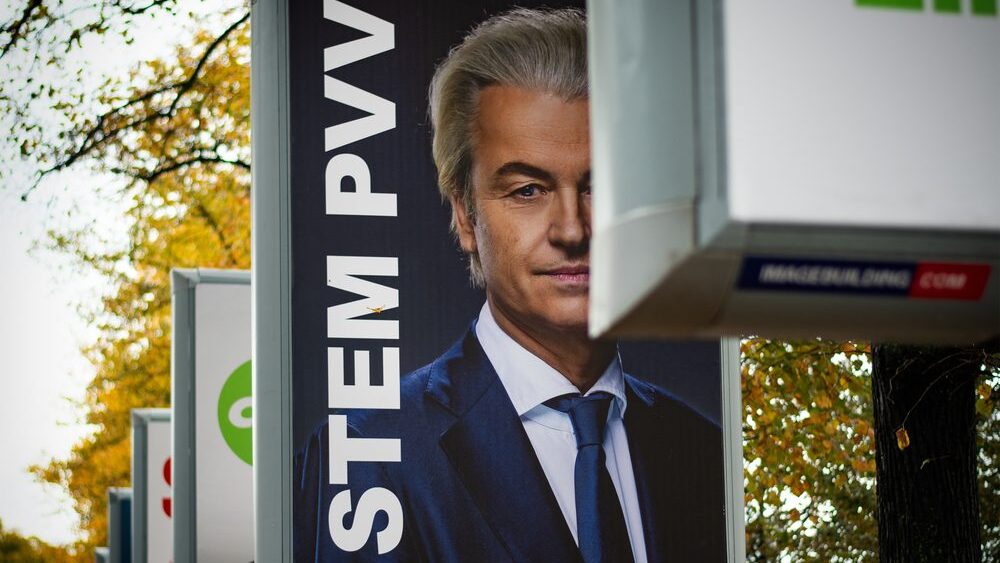
Photo: Hung Chung Chih / Shutterstock.com
Several Dutch political parties have backed the populist Geert Wilders to have another go at forming a government.
Almost three months after an election comfortably won by Wilders’ national-conservative Party for Freedom (PVV), talks on this new government have to be rebooted, after a major prospective partner suddenly backed out.
Since his party’s victory on November 22nd with a quarter of the vote, Wilders has been trying to form a coalition with the center-right People’s Party of Freedom and Democracy (VVD) of outgoing Prime Minister Mark Rutte, the centrist New Social Contract (NSC) and the agrarian populist Farmer-Citizen movement (BBB). This would have created a comfortable majority of 88 seats in the 150-seat Lower House.
Wilders’ dream—together with a majority of voters, who wanted such a conservative coalition to materialize—was, however, dashed after NSC leader Pieter Omtzigt’s decision to pull out, which effectively made it impossible to form any right-wing government that would have a parliamentary majority.
Now, the parties involved are contemplating a less conventional form of government to avert new elections. While disastrous for the country, which needs a strong coalition at the helm, it would, ironically, give Wilders even more leverage.
Wilders’ party has steadily grown in popularity with each new poll, with one poll suggesting they could win 52 seats should new elections be held; an increase of 15 from the 38 it secured in the election.
“All options are on the table as far as I’m concerned,” Wilders said in a parliamentary debate on Wednesday, as he again emphasized his willingness to lead a new coalition as prime minister. “We are not opting for new elections, we want to shoulder our responsibilities.”
Options under consideration would include a minority government (to which the NSC would lend its support but without participating), or a looser arrangement where parties would support each policy on a case-by-case basis.
That last option was explicitly supported by the NSC and the VVD, although neither was not even sure what this would look like exactly.
“It is something new, for which I don’t have a template,” VVD leader Dilan Yesilgoz admitted, adding she would prefer basic agreements between parties with a focus on government finances—the disastrous state of which, if NSC leader Pieter Omtzigt’s statement is to be taken at face value, was the reason for his party bowing out in the first place.
NSC leader Pieter Omtzigt urged parties to present their ideas on a possible coalition in the next weeks.
Several other parties, including the Frans Timmerman-led Labour-Green Left alliance (PvDA), the liberal D66, and the Christian Democratic CDA, proved less open to Omtzigt’s suggestion.
Wilders has proposed a new intermediary for the next round of coalition talks, Kim Putters. Like his predecessor, Ronald Plasterk, Putters is also from the PvDA party.
In a press conference on Thursday, Putters said the Dutch political landscape is “tricky” and that he plans to speak with all party leaders, even those not participating in a coalition.
His main focus would be on determining which possible forms of government enjoy the broadest support, as he said it was important “that we know each other’s views on this.”
Time is not his friend, however. After a parliamentary recess concludes on February 26th, he has been given a 4-week window to do his work and finally deliver to the Dutch the conservative government they desperately want and so urgently need.
